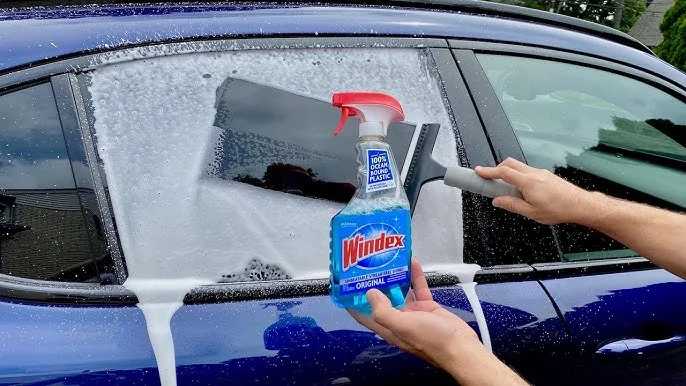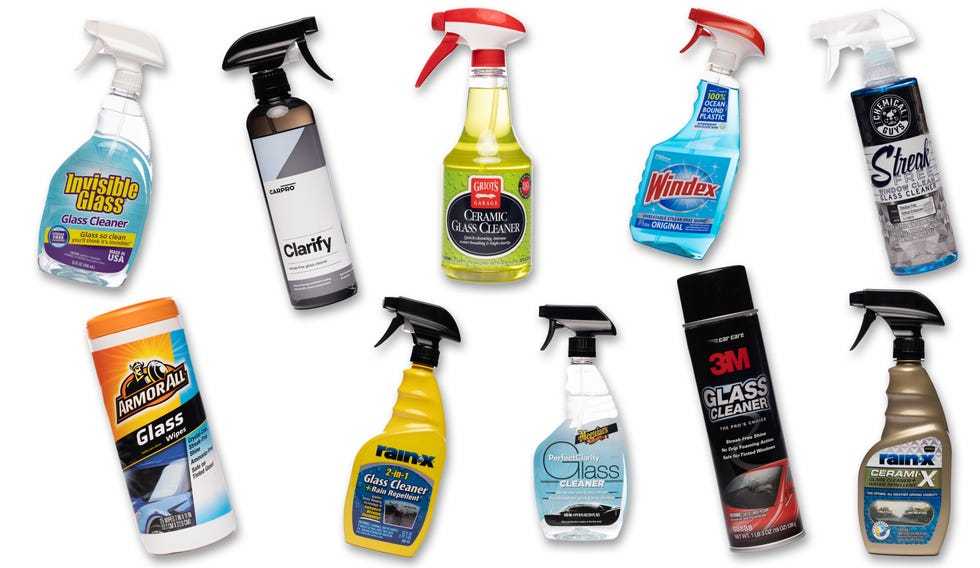To quickly identify laminated glass, look for a visible interlayer, usually a thin plastic film, between the glass layers. Tapping the glass may produce a duller sound compared to regular glass, and if you notice some flexibility or a slight movement when pressed, it’s likely laminated. A simple water test—placing a small piece in water—can also reveal the layer’s resilience, as laminated glass tends to hold together better than standard glass when broken.
Laminated glass is designed with a durable plastic interlayer, making it safer and more resistant to shattering. Recognizing it isn’t always straightforward, but by paying attention to certain signs like the presence of an interlayer, sound, and flexibility, you can easily determine if a glass is laminated. This knowledge is especially useful when inspecting windows for safety or assessing the glass in vehicles and buildings.
How to Identify Laminated Glass
Knowing how to recognize laminated glass can be very useful, whether you’re inspecting a window, door, or car windshield. Laminated glass has unique features that set it apart from other types of glass, making identification easier once you know what to look for. This section will guide you through various methods to identify laminated glass accurately.
Understanding What Laminated Glass Is
Laminated glass consists of two or more layers of glass bonded together with an interlayer, usually made of polyvinyl butyral (PVB). This construction makes it stronger and safer, especially because it holds together when shattered.
The key characteristic of laminated glass is its ability to stay intact when broken, providing a measure of safety that many other glass types lack. Recognizing these features is crucial in identifying laminated glass correctly.
Visual Inspection Techniques
The most straightforward way to identify laminated glass is through visual inspection. Look closely at the surface of the glass for specific signs. Usually, laminated glass has a slightly different appearance compared to regular glass.
One noticeable sign is the presence of a thin, often transparent, film or layer visible when you look at the edges or when light shines through. This layer might be more evident at the edges or along the borders of the glass sheet.
Check for the “PVB Interlayer” Effect
When held up to the light, laminated glass often displays a distinctive “rainbow” or “oil slick” effect at the edges caused by the PVB layer. This effect occurs because of the differences in light refraction between the glass and the interlayer.
If you see these colorful or oily patches, it likely indicates laminated construction.
Look for the Layered Structure
Use a small flashlight or hold the glass against a light source. If the glass is laminated, you’ll notice a subtle separation between the layers, especially at the edges or if the glass is thin enough.
Peering into the glass with a bright light can reveal this multilayered structure, which is characteristic of laminated glass.
Testing Methods to Confirm Lamination
Besides visual cues, several practical tests help confirm whether a piece of glass is laminated or not. These tests are simple and can be performed easily without special equipment.
Conduct a Sound Test
Tap gently on the glass with a small object like a coin or a key. Laminated glass tends to produce a dull, muffled sound, whereas regular glass produces a clearer, sharper chime. This difference occurs because of the internal layers damping the sound.
Perform a Flexibility Check
Carefully apply gentle pressure on the glass edges. Laminated glass is slightly more flexible than tempered or annealed glass due to its layered structure. If the glass bends slightly without cracking, it could be laminated.
Use a Finger Test for Impact Resistance
If safety and circumstances permit, lightly press your finger on the glass’s surface. Laminated glass resists shattering and tends to show fewer cracks compared to ordinary glass under similar pressure.
Professional Identification Techniques
For definitive identification, professional tools and tests are available. They are especially useful in cases where visual or simple tests are inconclusive.
- Ultraviolet Light Inspection: When exposed to UV light, laminated glass often fluoresces or shows distinct markings due to the interlayer.
- Refractive Index Measurement: Spectrometers can measure how light bends passing through the glass. Laminated glass displays different values compared to regular glass.
- Laboratory Tests: Cutting or analyzing the glass in a lab can reveal the layered structure more clearly, and destructive testing can confirm lamination definitively.
Recognizing Laminated Glass in Different Settings
Identifying laminated glass varies depending on where you find it. Each environment offers unique clues based on how the glass is used or exposed to elements.
Laminated Glass in Windows and Doors
Most safety or security windows and doors use laminated glass. Look for labels or markings often found on the corners or edges, indicating compliance with safety standards.
In some cases, laminated glass may have a slightly tinted or frosted appearance, but the main indicator remains its layered structure visible at the edges.
Laminated Glass in Vehicles
Car windshields are commonly laminated for safety reasons. To identify, examine the edges of the windshield for a thin film layer that can be seen when held against light.
Many windshields also have manufacturer markings or labels indicating lamination compliance, which can help confirm the type of glass used.
Laminated Glass in Architectural Applications
In buildings, laminated glass is used for large panels, especially in skylights or facades. Look for signs of safety certification labels or decorative markings that often accompany laminated sheets.
Observing the overall thickness and flexibility can also give clues, as laminated glass is typically thicker and more resistant to shattering than ordinary panes.
Common Mistakes and How to Avoid Them
Many people mistake laminated glass for tempered or annealed glass. Remember that laminated glass’s main feature is its layered structure and safety properties.
Always combine visual cues with simple tests and, when necessary, seek professional analysis to confirm your findings accurately.
Additional Related Topics for Identification
If you’re interested in learning more, consider exploring related topics such as the differences between laminated, tempered, and annealed glass, or how to test glass strength and safety features. These areas can deepen your understanding of glass types and aid in correct identification.
Recognizing laminated glass involves attention to detail and understanding its unique features. By using these visual inspection methods, simple tests, and professional techniques, you can confidently identify laminated glass in various settings, ensuring safety and proper handling.
Did you know that laminated glass is a top choice????
Frequently Asked Questions
What visual clues can help identify laminated glass?
Laminated glass often displays characteristic visual cues, such as a slight interlayer line or a cloudy appearance between the glass layers when viewed from the edge. Sometimes, small distortions or a subtle crack pattern may also indicate it is laminated. Inspecting the edge carefully can reveal these signs, especially if the layer appears slightly darker or hazy compared to regular glass.
How can the thickness of the glass help determine if it is laminated?
Laminated glass tends to be thicker than single-pane glass due to the interlayer sandwiched between two glass sheets. Measuring the thickness at the edge with a caliper can provide clues; a thickness exceeding standard single-pane measurements often suggests a laminated structure. Keep in mind that the specific thickness can vary based on the application, so comparing it to common standards can aid in identification.
Is there a way to test laminated glass without causing damage?
Yes, conducting a simple sound test can help identify laminated glass. When tapped lightly, laminated glass produces a duller, more muted sound compared to regular glass, which sounds clearer and higher-pitched. This method allows for identification without risking damage, although it may require experience to interpret the sound accurately.
Can lighting conditions assist in recognizing laminated glass?
Yes, viewing the glass in different lighting conditions can be revealing. When illuminated from behind or at an angle, laminated glass might show a slight haze or a layered appearance, indicating the presence of the interlayer. Additionally, sometimes the lamination can cause light refraction or slight distortion, helping distinguish it from standard glass.
Are there specific markings or labels to look for on laminated glass?
Manufacturers often mark laminated glass with labels, etchings, or stickers indicating its composition. Look for markings that specify “laminated” or include information about the interlayer material, such as PVB (polyvinyl butyral). These labels are typically located on the edges or the corners of the glass and can verify the type of glass you are dealing with.
Final Thoughts
To identify laminated glass, examine its visual characteristics. Laminated glass often shows a visible plastic interlayer when you look closely, especially when fractured or in certain lighting conditions.
Perform a simple sound test by gently tapping the glass; laminated glass produces a duller sound compared to regular glass.
In conclusion, understanding how to identify laminated glass allows for better safety and maintenance decisions. Recognizing these distinct features helps you distinguish laminated glass effortlessly.



